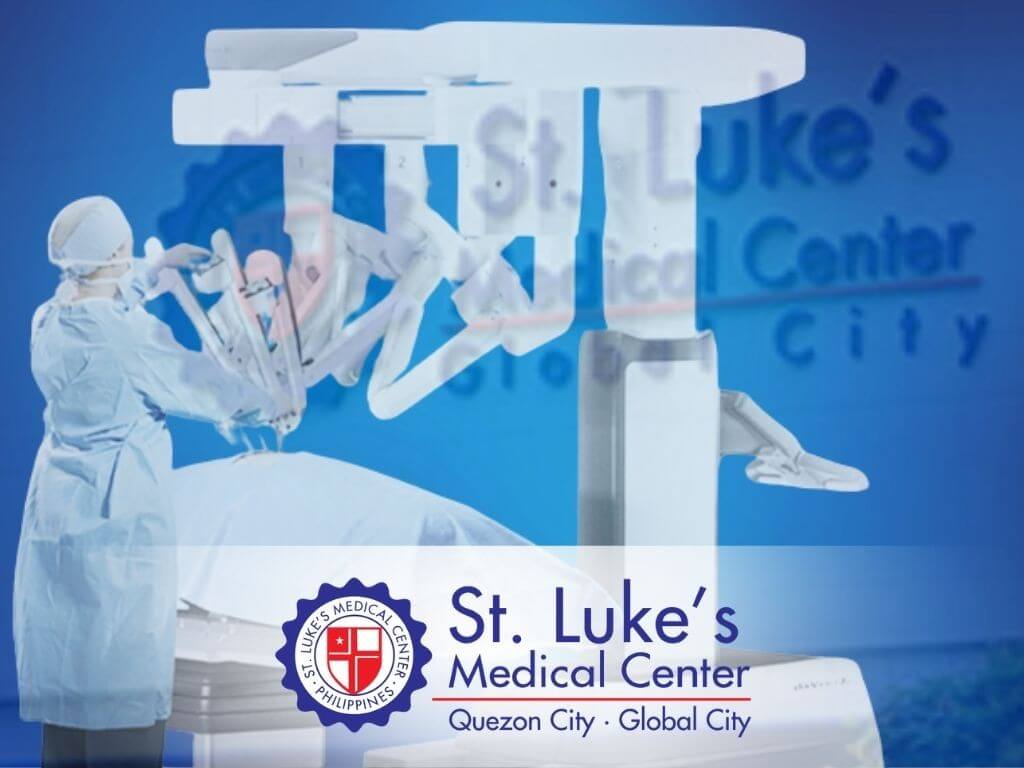

Insider Spotlight
Why it matters
Robotic surgery isn’t just about high-tech machines; it’s about precision, faster recovery times, and fewer complications for patients. For Filipino families, this means loved ones spending less time in hospitals and more time at home.
St. Luke’s leadership shows how cutting-edge technology can directly transform patient outcomes in a country where access to advanced care has long been uneven.
The bigger picture
Since pioneering its first robotic-assisted procedure in 2010, St. Luke’s has introduced groundbreaking “firsts” in the Philippines: from thyroidectomy and esophagectomy to Southeast Asia’s first robotic kidney transplant in 2023 and cardiac surgery in 2024.
This record isn’t just a numbers game — it demonstrates a sustained investment in innovation that raises the bar for all Philippine hospitals.
Celebration of innovation
On Oct. 2, 2025, St. Luke’s honored its surgeons, patients, and milestones at the Isla Grand Ballroom, EDSA Shangri-La, Mandaluyong City.
The event showcased testimonials from patients whose lives were transformed by robotic-assisted care, alongside recognition of trailblazing doctors and rising stars from St. Luke’s Quezon City.
What’s next
By acquiring the latest Da Vinci Xi system and achieving pediatric breakthroughs such as robotic-assisted ureteral reimplantation, St. Luke’s is signaling it won’t slow down. Its trajectory positions the hospital not only as a local leader but also as a regional benchmark for surgical excellence.
The bottom line
For patients, this milestone means better access to safer, more effective surgeries. For the Philippine healthcare sector, it’s a wake-up call: the future of surgery is already here. – Ed. Princess Daisy C. Ominga